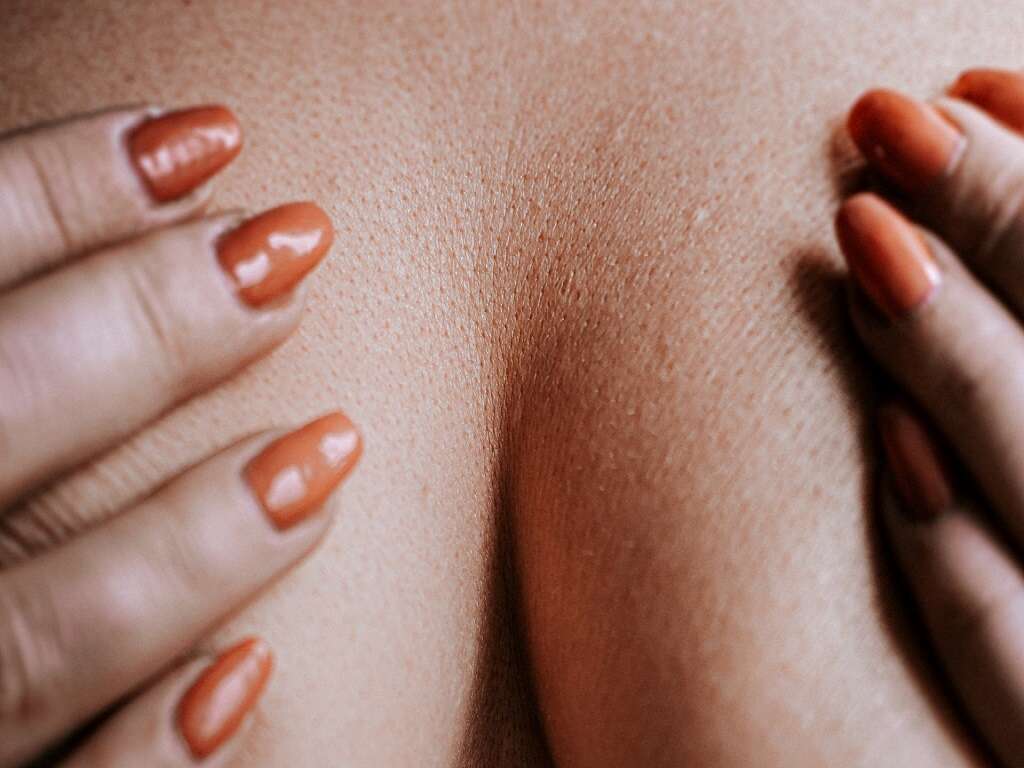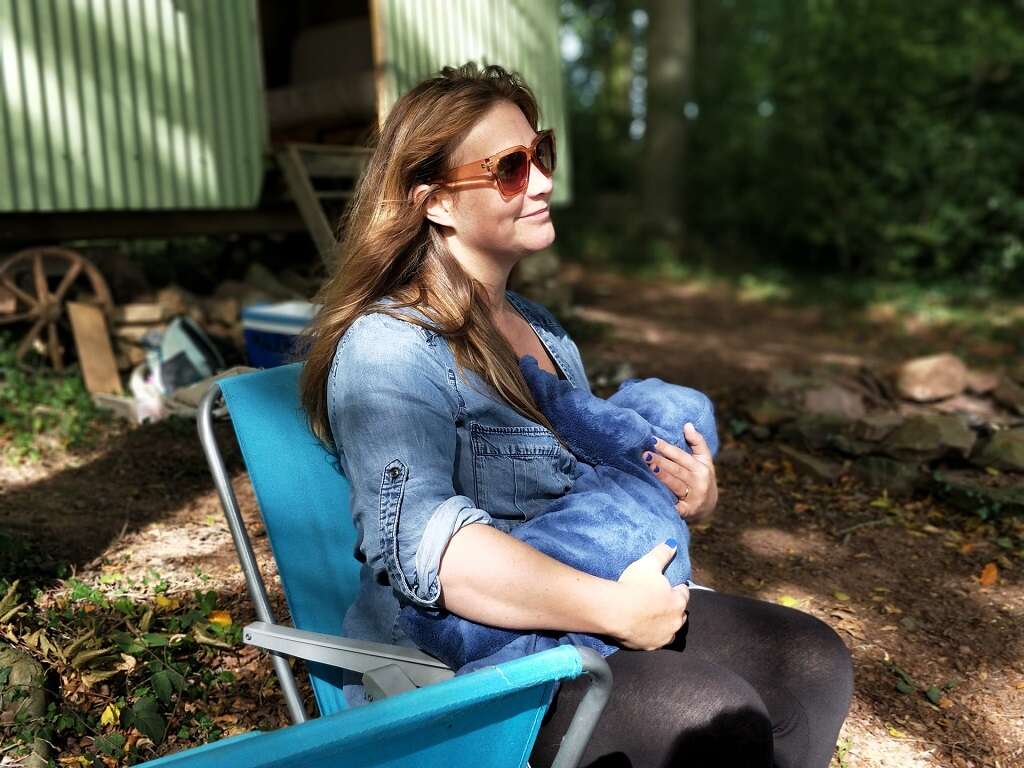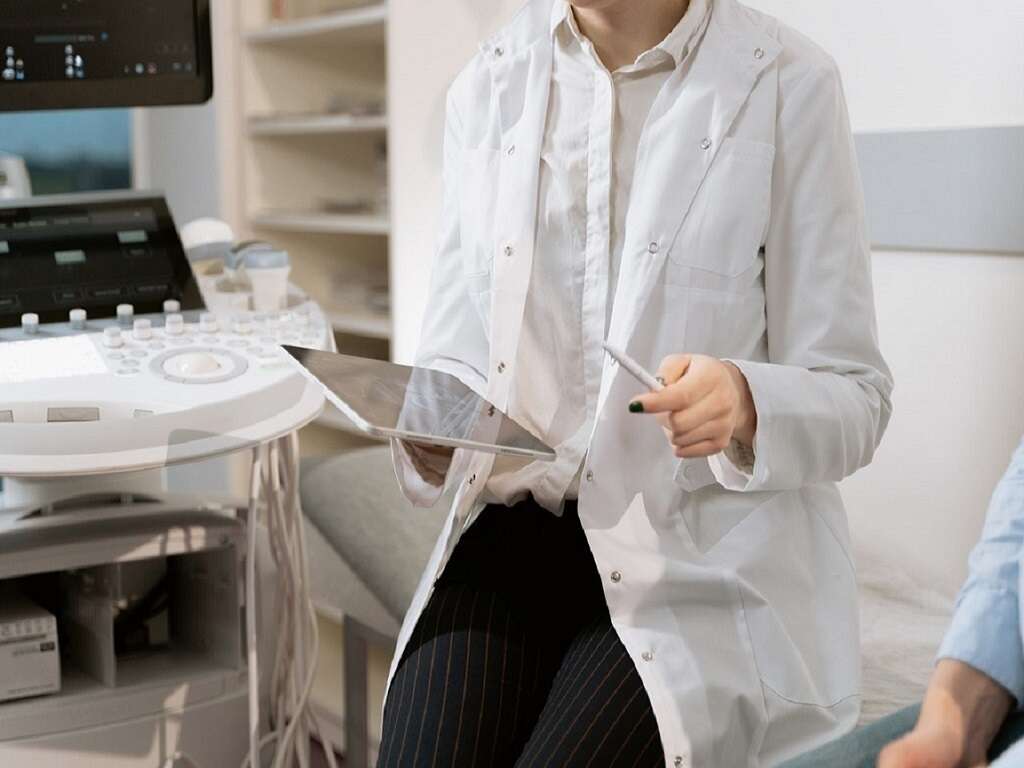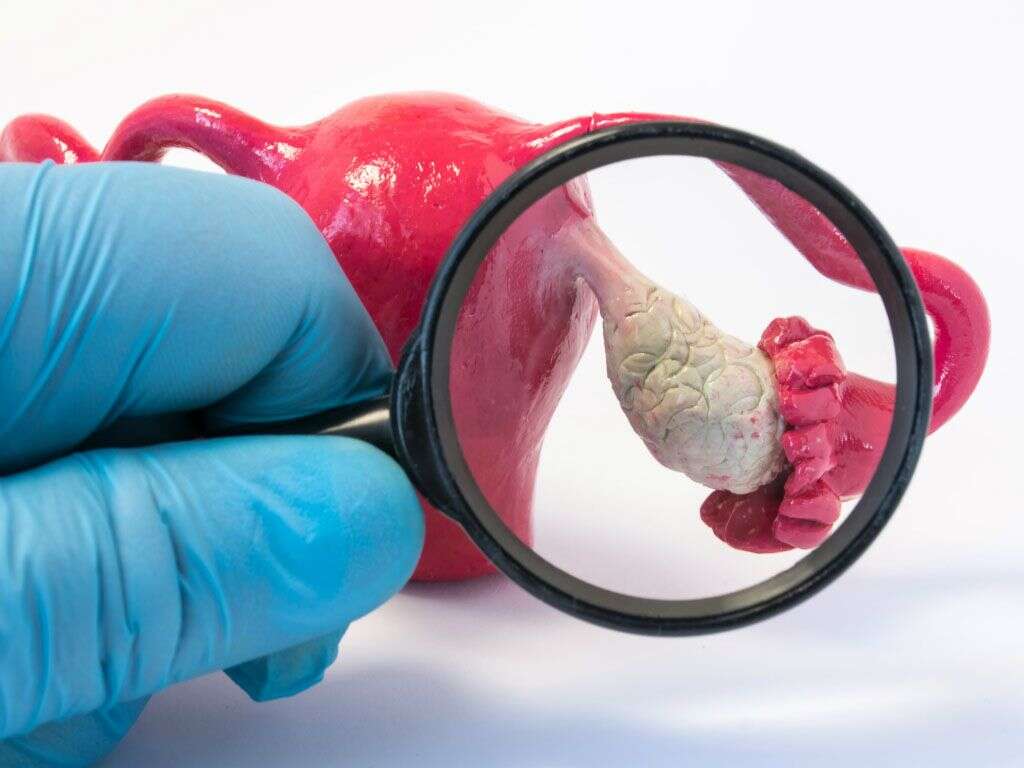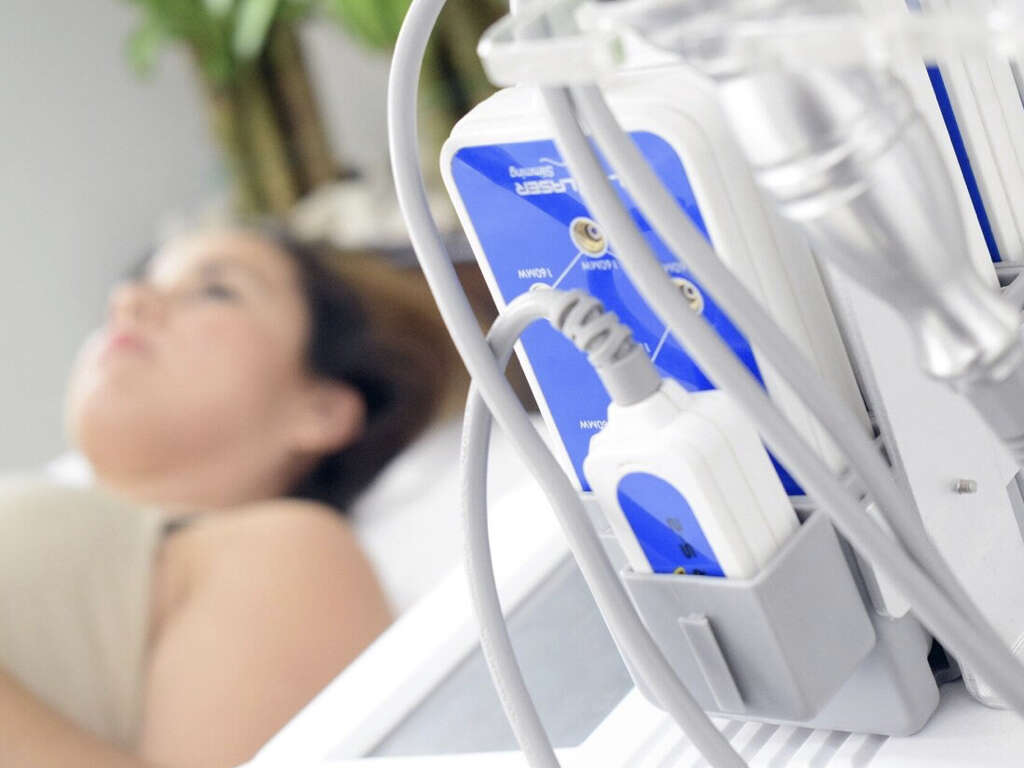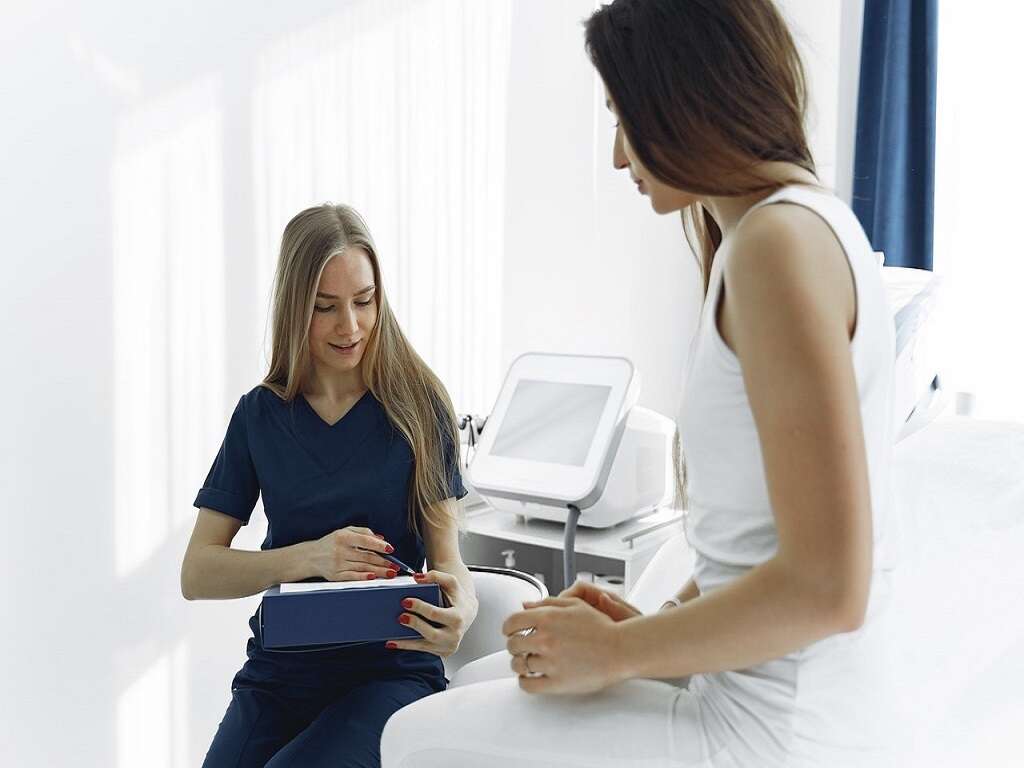Galactorrhea Symptoms, Causes and More
 Article Sources
Article Sources
- 1. Leung, Alexander K.C., and Daniele Pacaud. ‘Diagnosis and Management of Galactorrhea.’ American Family Physician, 1 Aug. 2004, aafp.org/afp/2004/0801/p543.html
- 2. 'Evaluation and Management of Galactorrhea.’ pubmed.ncbi.nlm.nih.gov/22962879/
- 3. Galactorrhea By John D. Carmichael, et al. ‘Galactorrhea - Hormonal and Metabolic Disorders.’ Merck Manuals Consumer Version, Merck Manuals, merckmanuals.com/home/hormonal-and-metabolic-disorders/pituitary-gland-disorders/galactorrhea
- 4. Education, Pediatric, and Pediatric Education. ‘How Long Does Neonatal Galactorrhea Last?’ PediatricEducation.org™, pediatriceducation.org/2020/05/25/how-long-does-neonatal-galactorrhea-last/
- 5. 'Chiari Frommel Syndrome.’ NORD (National Organization for Rare Disorders), rarediseases.org/rare-diseases/chiari-frommel-syndrome/
- 6. 'Galactorrhea in Teens: Care Instructions.’ MyHealth.Alberta.ca Government of Alberta Personal Health Portal, myhealth.alberta.ca/health/AfterCareInformation/pages/conditions.aspx?hwid=av2818
- 7. Leung, Alexander K.C., and Daniele Pacaud. ‘Diagnosis and Management of Galactorrhea.’ American Family Physician, 1 Aug. 2004, www.aafp.org/afp/2004/0801/p543.html
Prevention
Galactorrhea prevention may not be possible. Even so, learning about the common causes and risk factors may reduce the likelihood of the condition occurring. For example, people may reduce the risk of developing the condition by avoiding repeated stimulation of the breasts and nipple.
It's advisable to undergo a breast exam at least once every month to ensure good breast health. Wearing well-fitting clothing that doesn't scratch or rub the breasts repeatedly may help reduce the likelihood of developing galactorrhea.
Advertisement
